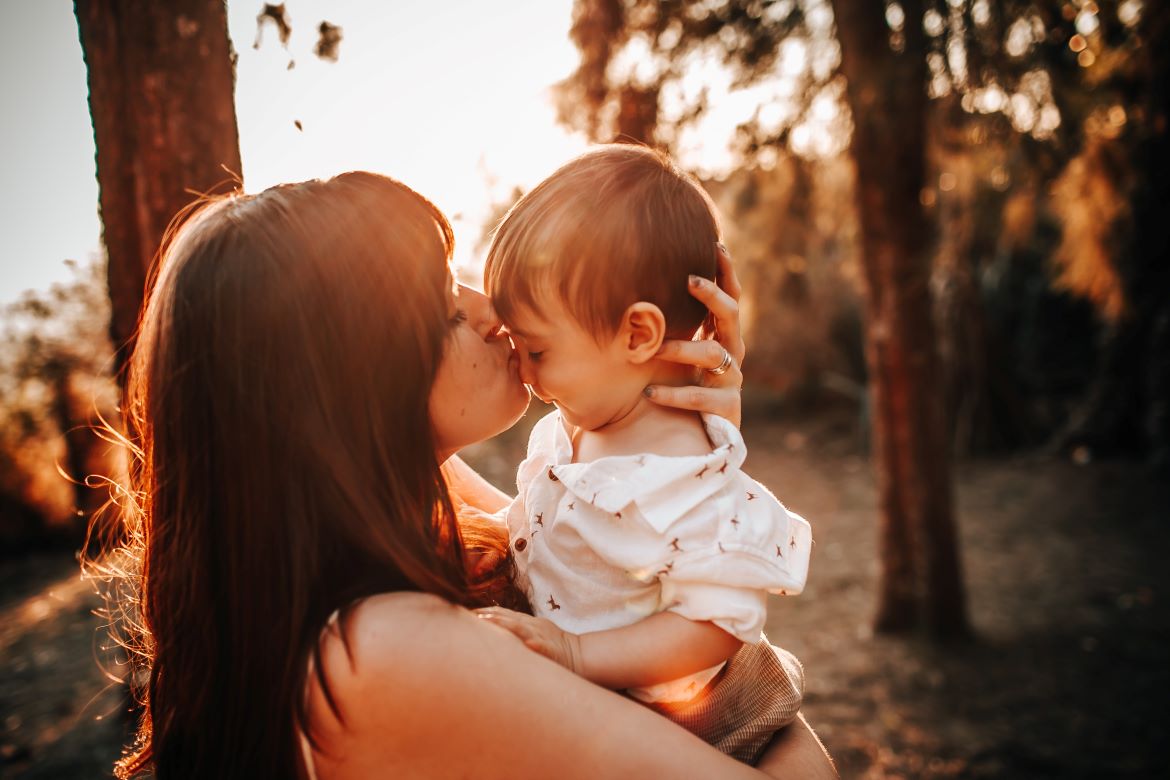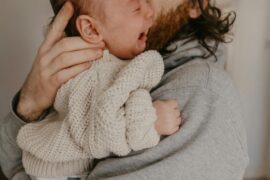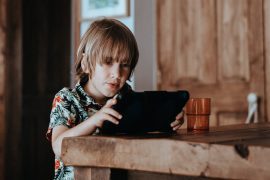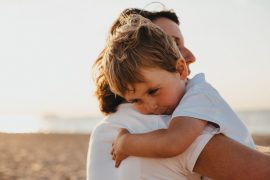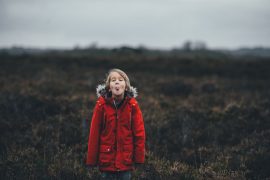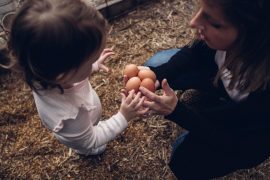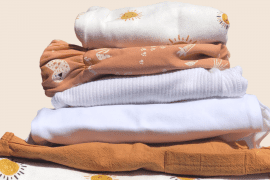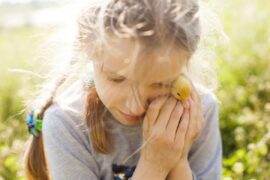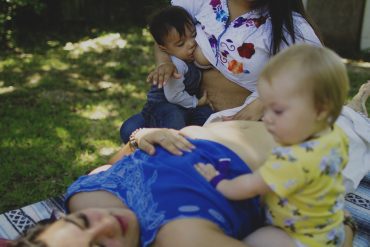By Shay Lawrence
The two-year mark for me as a parent opened up some space to pause and reflect. How far have we come, and what did we learn? It was a reflection on some of the changes to our worldview, what is important to us in life now, and just how influential and integral we are to our little boy – we are his everything, and he is ours. Pausing here, while my cute little tot is playing with marigolds in the garden, I look at our parenting journey thus far and dial in the things I am extremely grateful to have learnt about to get us to this point. They perhaps dive into the realm of unique or, heaven forbid, different – but I do believe that there is a titbit useful to every hopeful, expecting, or new parent.
Take what resonates for you, leave what doesn’t, and make it your own! Let’s dive in.
Adopting ‘low-tox’
An important underlying foundation with a little one in the house is understanding and adopting a low-tox mindset. With a low tox mindset, you think of all the items, products, and environments that we live amongst day-to-day and look at these with a different lens. From food choices, the detergent you use to wash clothes, and the air fresheners you have in your car, what are you exposing your family to that isn’t from the natural world and could potentially have health impacts to your sensitive, developing baby? Using this as a platform, a healthier baseline can be achieved for the whole family.
Here are a few things to get you thinking: synthetic fabrics for clothing and bedding, nutrient-dense food, chemicals in food such as pesticides and preservatives, storing and reheating in plastics food containers, cleaning products, synthetic fragrances, devices (phones, tablets, etc), proximity to a pregnant belly or young child, seed oils, new furniture/decorating and off gassing, adequately filtering tap water.
With a low tox mindset, you think of all the items, products, and environments that we live amongst day-to-day and look at these with a different lens.
Please note the resources at the end of the article if you want further support on the low-tox mindset. For some it will be similar to the way you are living now, for others, a huge overhaul! Just add to your knowledge base as you go and take it step by step.
Less Poopy Nappies Anyone?
In two years, we have spent $36 on nappies total – and it was a spare reusable one! We were lucky enough to be given cloth nappies by friends and I stumbled across the techniques of elimination communication (EC) before our little guy was born. EC is where you help your baby ‘go’ on the potty instead of in their nappies. It made our cloth nappy experience super manageable and we were never tempted use disposables.
As a society, we never used to have such a reliance on nappies, or nappies at all for that matter. Before disposables, babies were out of nappies as soon as they could walk. They wanted to get rid of that washing as soon as possible! This generation, along with many cultures around the world to this day, leveraged an opportunity to ‘catch’ a poop or wee in the toilet or potty when the caregiver sensed one was on the way. We all know that face, telltale squirming, that typical poop after a feed, kicking legs, or a toddler holding themselves and stomping their legs, or running off into a corner. You get in sync with your baby’s natural rhythms and typical signals through observation, consistency, and mutual communication.
The EC technique is from birth to 18 months – after which it’s official toilet training time. Our experience was a success with about 50 poopy nappies over all time. Our little guy was out of daytime nappies at one, and taking himself to the toilet with a seat reducer well before two. EC and reusables may not be for everyone, but it’s worth exploring if you’re looking to save money, mess, waste, avoid nappy rash, or are looking for ways to combat colic1.
Our role as the educator
When we think of education, we traditionally default to school and teachers. One profound realisation for me was that we are our little boy’s teacher, with that responsibility ultimately being ours. He is shaped by our everyday actions, language, values, and the environments we create or spend time in. A good example here is screentime. Well, we thought, he is literally watching us right now to figure out how to hold himself when he can walk and talk. We decided to do essential phone things in another room and still make an effort to do that now. It creates more connection in our home environment, stops the dreaded mindless scrolling, and models the behaviour we think is important.
Babies and toddlers love learning – they are pre-programmed to do it for their survival.
We also discovered a bunch of knowledge to do with proactive education. We have short, fun, and no test-based lessons we sit down to do most days. Passing knowledge comes instinctually to us as adults when around small children (reading books, pointing out different trees, counting things, etc) but I felt I needed more to be able to look back and know I did the best I could do at the time. This took being proactive and delving a little bit into cognitive windows of development.
Starting at age two, your child’s brain starts a process called synaptic pruning. This is where connections between neurons that are not being used are eliminated, making the brain more efficient. Before this all the synapses are open, hence the term babies are like ‘sponges’ with their ability to rapidly learn2. Particularly before three years old, there is a small but important window you can use to strategically expose your child all different types of intelligences and skills: fine and gross motor, music, math, reading, memory, language, art, intra and interpersonal skills, etc.
Babies and toddlers love learning – they are pre-programmed to do it for their survival. Intentional education during these early years help shape their interests, skills, passions, and their ability to learn later in life. When the synaptic connection has been used, rather than pruned, the child is able to quickly pick up that skillset. This synaptic pruning then keeps going until around 6 years, after which the child moves out of subliminal programming and into more of a conscious brain state. The pruning process is more or less complete around age 10. I love using Montessori philosophy and we did an online course to help us structure those daily lessons.

